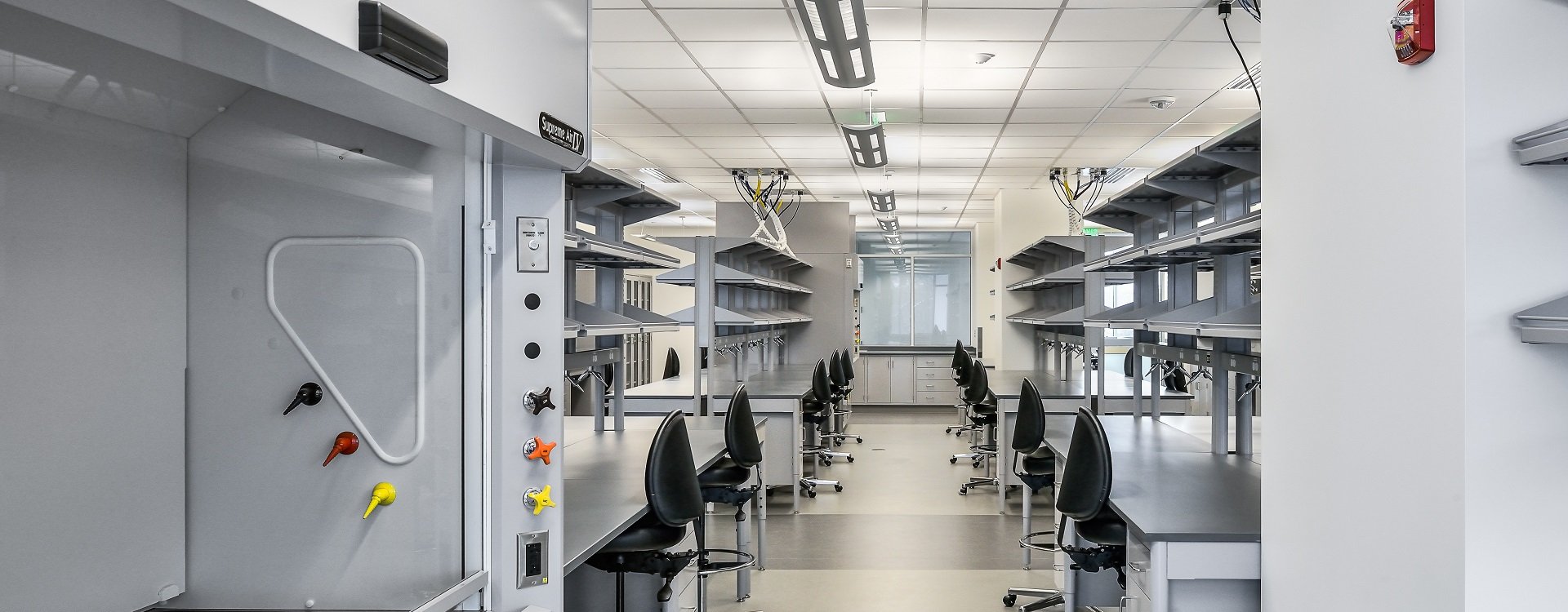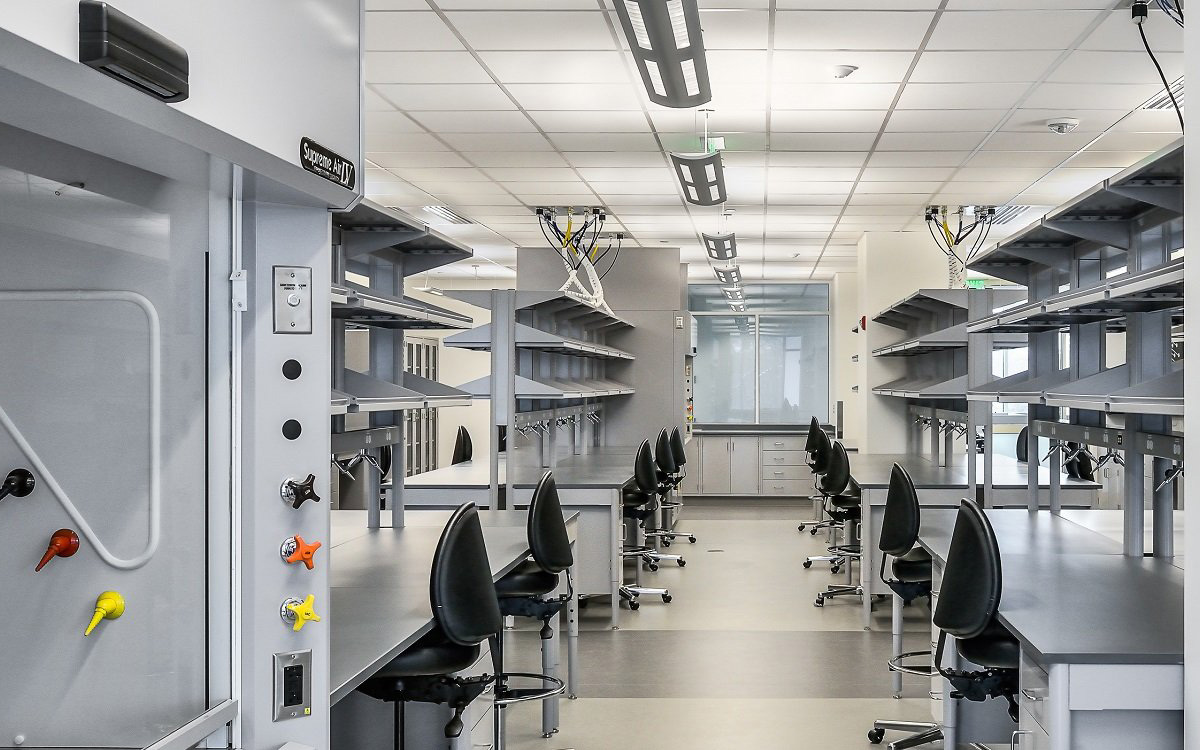Basic Knowledge of Fume Hood: 5 Best Practices
Date: 2022-01-19 Source: RUANQI Classification: Resources
The laboratory can be an extremely dangerous workplace. It is imperative that the workers who use the fume hood should know the good operation specifications, so as not to affect the performance of the fume hood. To ensure safety, users must always pay attention to what they are doing to experience the best pollutant control effect. If you need to review the basic operation of the fume hood, the following five practices are a good starting point. If you have any questions, please be sure to refer to the safety procedures of your laboratory.
1. Know the fume hood you own.
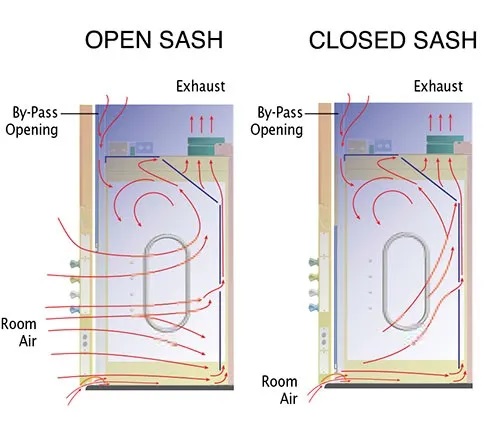
Understand what a fume hood is-a fume hood is an exhaust device designed to capture and contain harmful chemical vapors. These vapors are taken away from the users by a fan which is located at a remote location (usually on the roof) or integrated with the fume hood. The fume hood is connected to a fan located at a distance through an air duct system. With the integrated fan, the piping system can be simply connected to the outlet of the fan and directly led out of the building. If you have a carbon filter fume hood, the built-in fan on the fume hood will guide the polluted air through the filter and then recycle the air back to the room. These shields are only used to protect people, so they are different from "laminar flow shields" which are only used to protect products or "biosafety cabinets" which are used to protect products and people.
2. Place the sample in the fume hood for more than 6 inches.
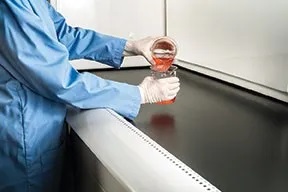
In the fume hood, operate within at least 6 inches of the plane of the sliding door. This is very important for safety, because it is a good working habit, which is stipulated by ANSI/AIHA Z9.5 and other industry standards. This means that any equipment placed in the fume hood must not follow the air wing in front of the work table. The front wing is an important component of pollutant control. Do not put it on the beaker or block it. The holes of the wing allow the air to clean the working surface to remove any polluted air, and push it directly back to the baffle for discharge.
3. Close the sliding door as much as possible When the fume hood is not working, close the sliding door! This is for safety reasons, and it may also help to save laboratory energy. If your laboratory is using variable air volume (VAV) system and includes sliding door sensor for controlling air volume flow (CFM), you can save a lot of operating costs for your laboratory every year, because when you use sliding door, you can reduce the volume flow to an acceptable minimum.
4. Don't put anything in your fume hood.
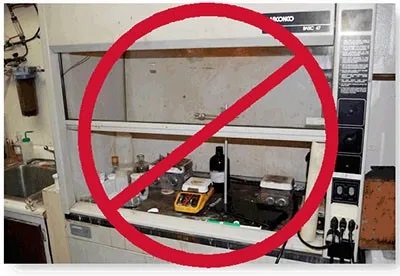
Do not use the fume hood as a locker. From the laboratory point of view, this is the biggest culprit. Doing so may lead to accidental leakage of a large number of chemicals. When not using chemicals, please be sure to store them in a cabinet suitable for the chemicals. There is a solvent storage cabinet for storing flammable chemicals, which is manufactured to protect the contents in case of fire. The acid storage cabinet has a corrosion-resistant lining to protect the structure, and it is easy to connect the cabinet to the fume hood to keep the chemical concentration low. 5. Regularly test the fume hood.
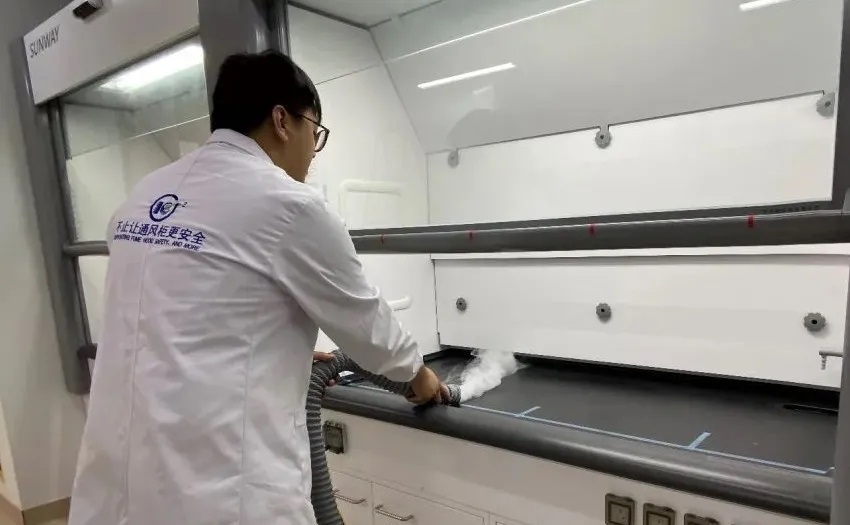
Test the surface wind speed and smoke visualization test of the fume hood at least once a year. Things in the machine system may change, and the surface wind speed may decrease, thus bringing unsafe conditions to operators. After considering the procedures in the fume hood, the operating surface wind speed should be selected according to the data released by the manufacturer and the requirements of the safety officer. The data published by manufacturers are usually 60-100 fpm(0.3-0.5 m/s) surface wind speed for general chemical use. Measuring the profile of surface wind speed will enable the certifier to know the cross airflow caused by fresh air or other problems in the laboratory. Realizing these problems can make the laboratory check inefficient and unsafe places. The five basic principles listed above are a good start to carefully check the daily practice of the laboratory. In order to ensure the safety when using the fume hood, proper training is needed, so please be sure to know how to operate the fume hood correctly before using it. Always refer to internal operating procedures and seek help from security personnel on any security issues.


